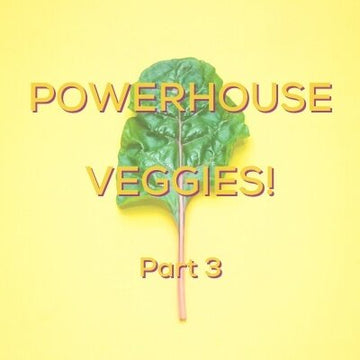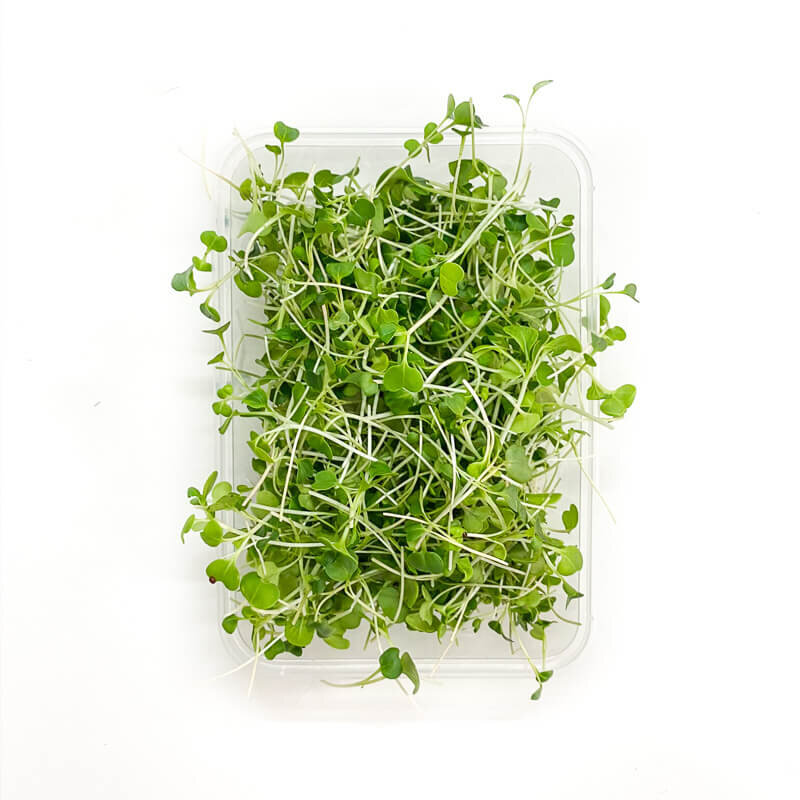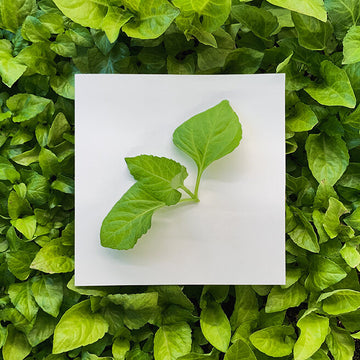
Common Farms Countdown
At Common Farms, we grow twelve plant varieties found on the list of Powerhouse Vegetables. We're continuing our countdown series with the next three on the list: Arugula, Dandelion, and Kale. By virtue of making the list, these veggies are certified to be full of the vitamins and minerals you need to maintain a healthy diet.
What are Powerhouse Fruits and Vegetables? Please read our previous blog post for the full list of fruits and veggies, which goes into depth about how this study was conducted. Basically, these are the plants that will give you the most potent nutrition boost per calorie. The authors of the study set out to create this guideline to define foods most strongly associated with reducing the risk of chronic disease.
Overview
You might love it or hate it, but arugula - or rocket, as it's also commonly known - is packed with more than enough nutrition to rank high on the list of powerhouse vegetables. One study even claims that arugula is high in anti-cancer properties. It contains strong antioxidants that support immune function and cell growth, a significant amount of vitamin K for blood coagulation, and a density of folate - vital for women who are pregnant or planning to become pregnant.
Appearance: Light purple stems and bright green leaves.
Flavor: Spicy, Peppery, Zesty, Young Peanuts
Flavor Strength: Strong
How to Use
Use arugula microgreens to add that classic peppery snap to any recipe. It is a favorite of our Italian chefs and can replace adult arugula as a garnish on pizza or pasta for a more delicate look while still delivering a punch of flavor. Or it can be a standalone salad, with little more than olive oil and sea salt. A little bit of arugula goes a long way, so adding it to your salad, sandwich, or atop your morning eggs, might just be that missing ingredient you've been looking for.
Nutritional Highlights
(amount and RDI% per 100g)
- Calories per 100g: 25.0
- Vitamin A 2373 IU 47%
- Vitamin C 15mg 25%
- Vitamin K 109mcg 136%
- Folate 97.0mcg 24%
- Also contains: Calcium (16%), Magnesium (12%), Potassium (11%), Manganese (16%)
Overview
While it may not be in our regular growing rotation, dandelion has proved to be just as successful in our indoor growing system as it is in front lawns all over the world. Known primarily as a weed as it grows wild in most parts of the world, dandelion has an extensive range of health benefits and has been used in folk medicine for centuries. As far back as the 11th century, Arab physicians recommended it for treating a variety of medical conditions.
It is most well known for its diuretic, detoxifying, and prebiotic properties. People use it to treat high blood pressure as well as stimulating the liver to clear waste from the body. There have also been recent studies that point to the dandelion roots anti-cancer properties.
Appearance: Elongated green leaves with uneven, spiky edges
Flavor: Earthy, Nutty, Pleasant Bitterness
Flavor Strength: Mild to Strong
How to Use
Both leaves and roots are regularly prepared in a variety of methods. Leaves can be juiced, eaten raw in salad, or dried for herbal remedies. The root is typically harvested, dried, and roasted - to capture the most of its medicinal properties its suggested to harvest roots after they reach 2 years of age.
Nutritional Highlights
(amount and RDI% per 100g)
- Calories per 100g: 45.0
- Vitamin A 10160 IU 203%
- Vitamin C 35mg 58%
- Vitamin K 778mcg 973%
- Calcium 187mg 19%
- Also contains: Vitamin E (17%) Iron (17%), Manganese (17%), Riboflavin (15%), Thiamin (13%) Potassium (11%)
Overview
Kale really needs no introduction, as its status as a supposed "super food" has exploded over the years. Kale microgreens were in our very first batch of microgreens grown at Common Farms, and it has since been a staple in our salad mix boxes. It is one of the most nutrient-dense vegetables on the planet, and in microgreen form there is even more nutrition per calorie than in its adult form.
Appearance: White, light purple stem with dark grey green leaves
Flavor: Earthy, Nutty, Hint of Spice
Flavor Strength: Mild
How to Use
Since it's a mild tasting variety, kale microgreens can be used in practically any salad or raw vegetable preparation. They go particularly well with a mix of other stronger tasting microgreens such as radish or mustard, serving to balance out the sharper flavors. They also can be blended into a microgreen pesto that is super charged with the concentrated nutrition of microgreens. Find the recipe here.
Nutritional Highlights
(amount and RDI% per 100g)
- Calories per 100g: 50.0
- Vitamin A 15376 IU 308%
- Vitamin C 120mg 200%
- Vitamin K 817mcg 1021%
- Manganese 0.8mg 39%
- Also contains: Vitamin B6 (14%), Copper (14%), Calcium (14%), Potassium (13%)
References
Nutrient data for this listing was provided by USDA SR-21.
Percent Daily Values (%DV) are for adults or children aged 4 or older, and are based on a 2,000 calorie reference diet. Your daily values may be higher or lower based on your individual needs.
https://www.cdc.gov/pcd/issues/2014/13_0390.htm







